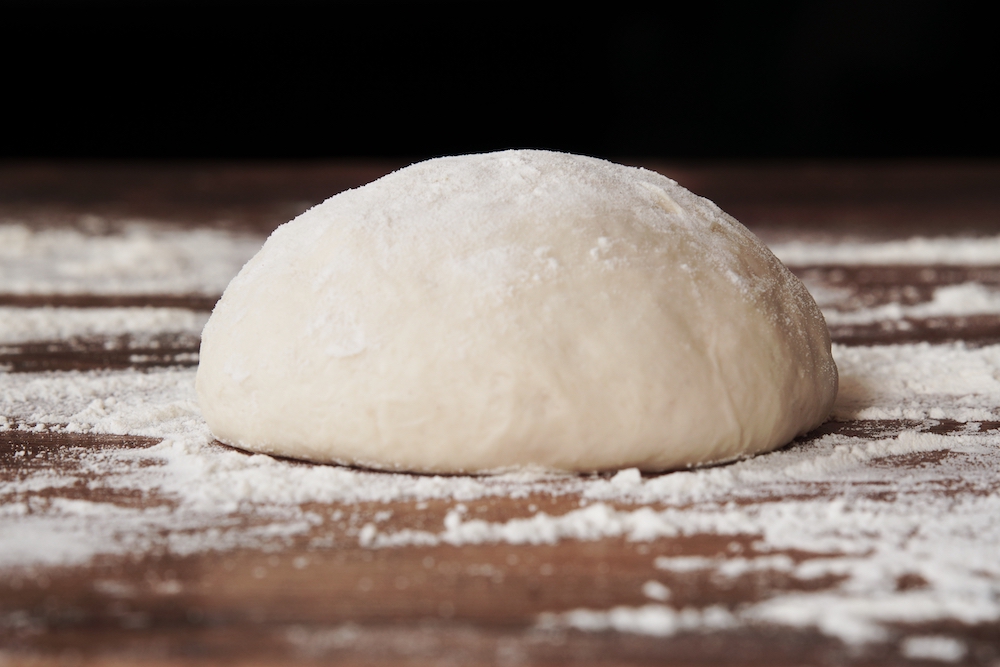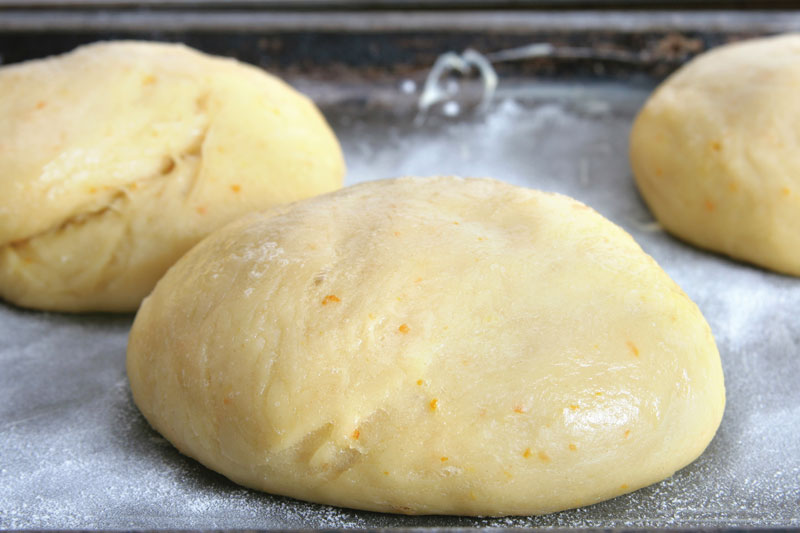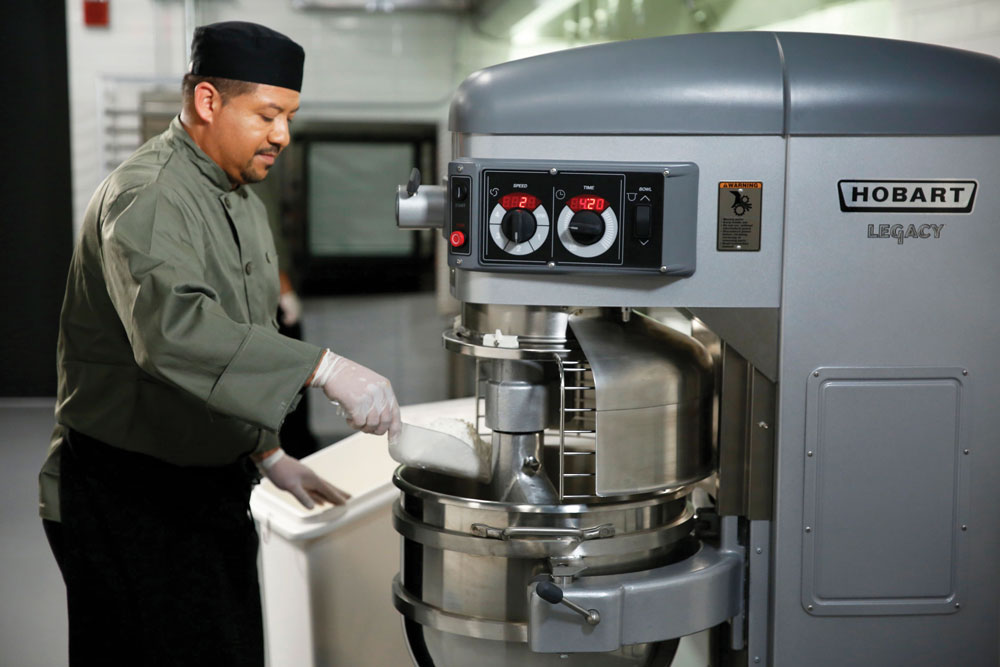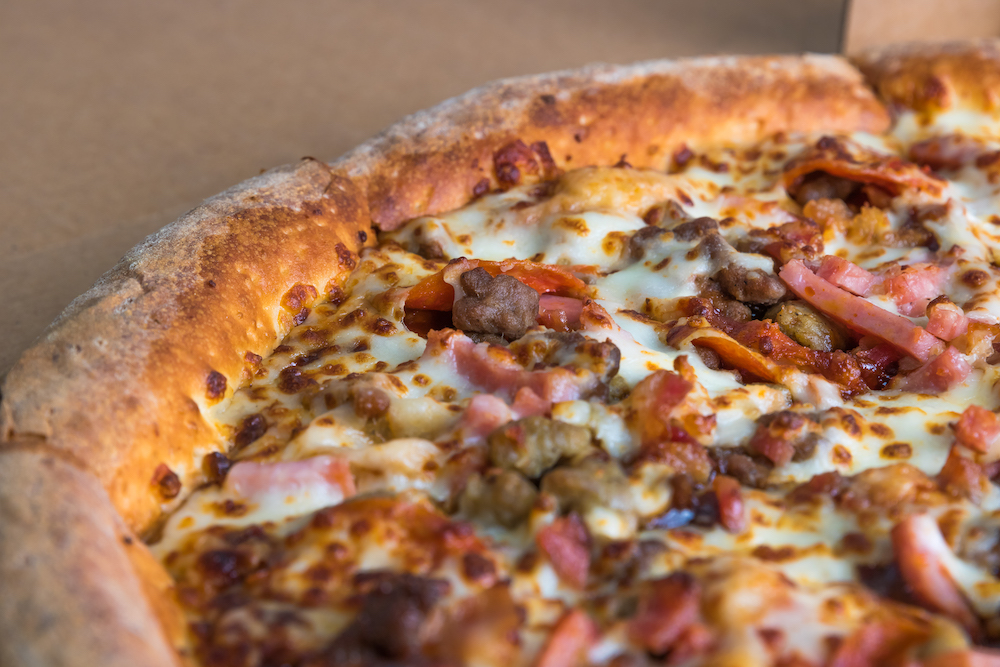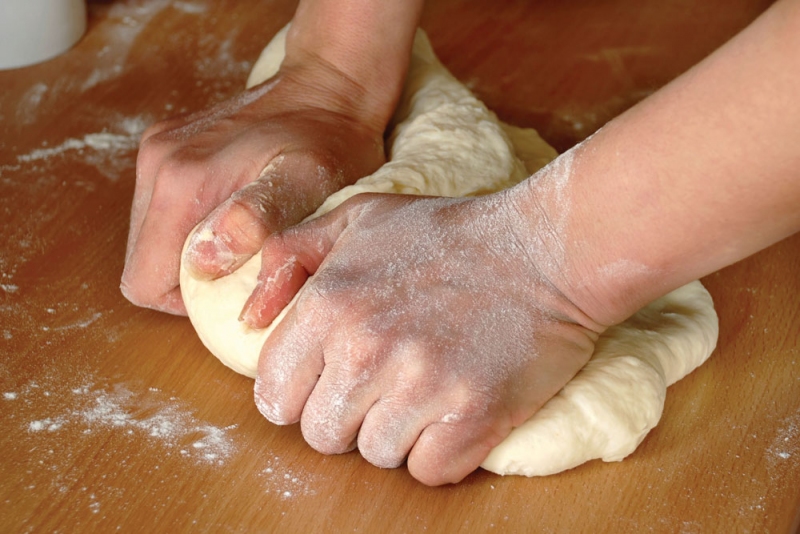It seems that not a day passes by during which I don't get a request or two for information on making a low or reduced carbohydrate pizza crust. As I write this article, the United States Department of Agriculture (USDA) still has not defined just what a low or reduced carbohydrate product is.
Sure, it will have fewer carbohydrates for the same serving size of a non-reduced product, but the question is how much less? Will low carbohydrate mean the same thing as reduced carbohydrate? These are the questions yet to be answered before you see much research being done to develop new products to fit into these yet to be defined product categories.
For the time being, all is not lost when it comes to offering these types of products. We just can't call them or reference them by terms such as low or reduced, or much of anything else for that matter. What can we call them? Your guess is as good as mine. Our labeling department gurus tell me that the only thing you can do is to make reference to the amount of carbohydrates present. For example "XXX grams of carbohydrate per serving." Don't fall into the trap of putting the word "contains" in front of this statement. That changes the whole meaning of the statement in the eyes of the Feds, thus rendering it incorrect. Don't make any references, just leave it at that, period. Legally, that's about all you can do right now. If you do anything else, you're on your own and walking on thin ice.
So, how do you go about lowering the carbohydrate content in a pizza crust? I can't give you a road map to success, but I can offer you some educated direction that may help you in your crust development endeavors. In a crust, it is the starch component of the flour that we want to reduce. Look at flour this way: A high protein flour has roughly the following composition, 13.5 percent protein, 13 percent moisture, 0.5 percent ash (minerals) and 73 percent starch (carbohydrate). If we want to reduce the carbohydrate content by 50 percent we will need to replace 18.25 pounds of starch in a 50-pound bag of flour. You can use either fiber/cellulose or protein to replace the starch. My personal preference is to replace the starch with a protein material. A lot has been said about using soy flour to replace the starch, but this isn't practical as soy flour only has 50 to 51 percent protein content. At that rate, you would need almost 36 pounds of soy flour to replace the starch. What I believe to be a better approach is to use a mix of different, highly concentrated protein materials to replace the starch.
These materials include protein concentrates at approximately 80 percent protein, and protein isolates at 90 to 95 percent protein content. By using these more highly concentrated sources of protein, you won't need to add nearly as much material to the flour, thus preserving as much of the functionality of the flour and identity of the finished product as possible.
For starters, look at soy protein concentrates and isolates, dairy/whey protein concentrate website, or any other source of protein concentrate or isolate as your main source of carbohydrate replacement. Then, take 15 percent of the amount of material that you're planning to use to replace the starch and add that amount of vital wheat gluten to the blend. Vital wheat gluten contains 60 percent protein and it will impart the ability of the protein blend to perform in a manner similar to regular flour based dough, and when combined with the flour portion of the dough it should mix out to make something more closely resembling a pizza dough than would be otherwise possible if just the protein blend was added to the dough mix.
Let's take a look at what a typical, 50 percent reduction in carbohydrate content might look like. Our objective is to make a flour with a 50 percent reduction in starch/carbohydrate content. To cut the starch content by 50 percent we will divide a 50-pound of flour into two portions, and build it back to a full 50-pounds through the addition of concentrated protein materials.
Remember, this composite flour will most likely require a significantly higher absorption level than regular wheat flour. A rough estimate would be that 50 pounds of this composite flour will require approximately 33 to 35 pounds of total water.
"What about cost?" you ask. I think it would be safe to assume that you will be looking at something like $1, or a bit more, per pound of protein in these forms. This means that a 50-pound bag of this composite, carbohydrate-controlled flour could be valued at around $19 to $20. Can you make it cheaper? I don't know, remember, this is all sheer speculation. You might be able to blend in some fiber materials to replace some of the protein materials to effectively reduce the cost while still retaining functionality of the flour. And lastly, will what you've created still look, function, taste, and eat like a pizza crust? I don't know, that's the fun part of research, trying to create something that's different, but which still retains enough characteristics to be identified and enjoyed as a PIZZA CRUST. Due to the fact that a pizza crust dough contains so few ingredients, (flour, water, salt, sugar, yeast and fat) it may be difficult to add anything to the formula itself to lower the overall carbohydrate content except for the fat. Theoretically, the fat content of a pizza crust dough could be increased to something in the neighborhood of 20 percent of the flour weight. This would help to reduce the carbohydrate density of the crust, but at the same time it will significantly affect both the physical characteristics and caloric content of the finished crust, but it is a tool that might prove helpful in your development work.
There is nothing that requires you to reduce the carbohydrate amount by the amount given in this example (approximately 50 percent). You might find that you can get along just fine with a reduction on the magnitude of 25 to 30 percent, which will make the changes somewhat easier, help to retain the identity of a pizza crust, and cost a bit less to implement. Be easy on yourself and forget about trying to get something close to your present crust. If what you have developed fits most of the descriptors of a pizza crust, be thankful and go with it. In the end, it all depends upon what you are actually trying to accomplish and possibly how you will be wanting to position your crust with regard to any upcoming USDA "reduced carbohydrate" labeling requirements. Whatever you end up developing you will need to submit to a qualified labeling authority to have the final carbohydrate determination made. Once that is done, your formula can't be changed without re-submitting it again for another determination.
You will need to do some homework here to find something that will work for you. It is hoped that this article will help you to better understand what your challenges will be and to give you some direction for beginning your developmental work.
I don't know about you, but all of this stuff really gives me a new appreciation for those companies who must label their products for whatever reason. It's some pretty heavy stuff when you really get into it.
EXAMPLE FORMULA
Pizza Flour @ 13.5% protein: 25 pounds
Whey Protein Concentrate @ 80% protein:
7 pounds + 15 ounces
Soy Protein Isolate @ 90% protein:
7 pounds + 15 ounces
Vital Wheat Gluten @ 60% protein:
2 pounds + 6 ounces
Total: 18.25 pounds of concentrated protein material to replace 18.25 pounds of starch/carbohydrate found in 25 pounds of the wheat/pizza flour. When blended with 25 pounds of pizza flour, this example will yield a "composite flour" having a carbohydrate reduction of approximately 50%, which might be used to produce a "controlled carbohydrate" pizza crust.
IT IS RECOMMENDED THAT ALL PERSONS CHECK WITH THEIR PERSONAL PHYSICIAN BEFORE STARTING ON ANY DIET REGIME.
Potential Suppliers for Concentrated Protein and Fiber Materials
(These are but a few of the many suppliers providing these products. Check with your local ingredients supplier or resource book for a listing of additional suppliers.)
Dairy Proteins/Whey Protein Concentrate
Proliant/ Ingredients Division
Tel: 800-369-2672
American Dairy Products Inst.
Chicago, Illinois
Tel: 312-782-4888
Leprino Foods Co.
Denver, Colorado
Tel: 800-537-7466
Soy Protein Concentrate/Isolate
ADM Arkady
Olathe, Kansas
Tel: 800-633-6919
Clofine Dairy and Food Products, Inc.
Linwood, New Jersey
Tel: 800-441-1001
American Ingredients Company
Kansas City, Missouri
Tel: 800-669-4092
Fiber Materials
Opta Food Ingredients, Inc.
Naperville, Illinois
Tel: 630-369-4366
Woodstone Foods
Manitoba, Canada
Tel: 204-633-7327
ADM Arkady
Olathe, Kansas
Tel: 800-633-6919
Mid America Food Sales Ltd.
Northbrook, Illinois
Tel: 847-945-0104



